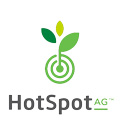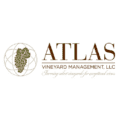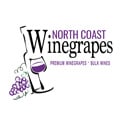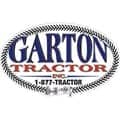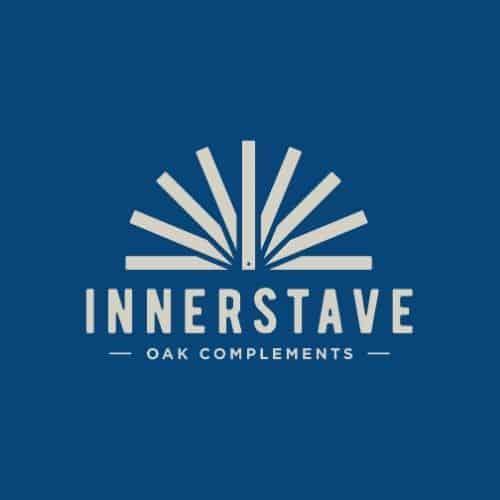A Taste of France.
Roederer Estate, nestled into the hillside along Highway 128 in Anderson Valley produces, sparkling wine and is unmistakably French. From its parent company to the winemakers who have been on board since Roederer came to Mendocino County, Roederer Estate epitomizes a Gallic classiness and a familial style. A legacy has been passed on from the family-owned House of Champagne Louis Roederer since its founding in 1776 in Reims, France.
“I feel a part of the family legacy,” says Arnaud Weyrich, winemaker and vice president at Roederer Estate. He is the second generation of French winemakers who brought their families from France to Anderson Valley to make Roederer sparkling wine. When the company looked around the world for a place to expand its holdings, it settled on this site in Anderson Valley in 1981 and planted Pinot Noir and Chardonnay, the classic Champagne grape.
In 1985 Michel Salgues was hired to oversee the winery and make the wine. He and his wife Sylvie raised their three children in Anderson Valley. Weyrich, who went to the same university in Montpelier where Salgues had studied and taught, first came to Roederer Estate in 1993, as an intern. “I came for six months and stayed for two years,” he says in his articulate and charmingly accented English. He then went back to France where he worked for five years traveling around the world as quality manager in charge of the beverages made under the private label for a large retailer.
When Salgues was thinking about moving on, Weyrich was asked to apply for the job. He was hired in 2000 and worked with Salgues for the next few years. “I will pass my position on to the next generation, as is the tradition of the Roederer family,” says the slim intelligent and handsome native of the Alsace region of France. In 2003 Salgues, who came from the north of France, left Roederer to be a consultant and representative for winemaking equipment made in France. Now, he splits his time between Montpellier and the Bay Area.
The French company Roederer is known for its excellent champagne, including Louis Roederer Cristal, which sets the world standard as the epitome of champagne. In the United States wine made “the champagne way” is known as “sparkling wine” out of respect to the French province of Champagne, where champagne originated.
From the distinctive stone gate on Highway 128 to the tasting room with its high ceilings, French fabrics and 250-year-old floor tiles from Bordeaux, the scene is set. At the handcrafted tasting bar, a French made flute is filled with sparkling wine which was produced just like it has been for two hundred years. The production style known as “methode champenoise” is the traditional way to make champagne and it fills the mouth with tiny flavorful bubbles.
“Sparkling wine is complicated. It needs direction and guidance,” says Weyrich. There are a lot of operations. “Still wine is fermented one time, aged, bottled and shipped to the market,” explains Weyrich. “I do two fermentations, one in the tank and one in the bottle.” He explains: To get the wine bubbly you add sugar and then bottle the sweetened wine along with yeasts. It takes five weeks for the yeasts to use up all the sugar and create the pressure inside the bottle. Then the bottles are aged two and a half years with the yeasts still inside. To remove the yeasts (or sediment) the bottles need to be “riddled” or turned slowly on giant riddling racks. Riddling takes five days before the bottles are ready for the last operation of removing the sediment, or “disgorging”, and toping off the bottles with the “dosage”. In the old days it was riddled by hand, someone turned each bottle an eighth of a turn over and over. Today sophisticated machines turn the wine. Grapes picked for sparkling wine in 2009 won’t be released until 2012 at the earliest.
Roederer makes a non-vintage Brut and a Brut Rose, which has the palest salmon colored blush. In addition Weyrich oversees the production of the higher end vintaged blends : L’Ermitage Brut and L’Ermitage Brut Rose, which are made from the best wine or “cuvee” and aged in the bottle for five years. Weyrich recommends L’Ermitage for drinking with meals. “The nonvintage is better with appetizers,” he says. The Brut is crisp and easy to drink with a variety of flavors. “L’Ermitage has a lot of character, is yeasty and creamy with the kind of depth you want to have with a meal.”
Wine is part of the meal in France and Weyrich’s upbringing in Alsace was typically reverent of mealtime. His native Alsace has five restaurants rated with coveted Michelin stars and he lights up at the chance to talk about his homeland.
All around Alsace small vineyard plots are subdivided as families inherit their parents’ plots. Many people are involved in making wine, even if they live in the city. France and Germany have fought over the province over the last thousand years. Alsace has a strong beer tradition in addition to 2000 years of vineyard history beginning when the Romans occupied the region. According to Weyrich, fifty percent of French beer is made in Alsace.
Weyrich and his wife Floriane have two children, Maxence, 12, and Mathis, 10. The family speaks French at home and “we have seated dinners and lunches—with a bottle of wine on the table,” he says. Floriane coaches soccer and hosts a French music show once a month on KZYX. In his spare time Weyrich plays tennis, goes to soccer games (except during harvest he’s sorry to say), and he likes to cook.
“I like to make Alsatian recipes,” he says with a big smile. Gallettes de pommes de terre which are potato cakes with leeks, egg yolks and parsley are a favorite. So is Flammekueche. “Alsatian pizza,” says Weyrich, which is made from a thinly rolled bread dough and topped with caramelized onions and sour cream or creme fraiche.
“One of the things that appeals to me about Anderson Valley is that the countryside with its many small vineyards, fruit orchards and little hamlets reminds me of Alsace,” says Weyrich. He acknowledges that it is colder in Alsace, where it snows in the winter. And there is 35 percent less rain than is normal here. But when you look at the horizon of tree tops and rolling hills, it’s not so different from the hilly terrain where he was raised.
While he and his family are settled into the American way of life in Anderson Valley, Weyrich adds authencity to the French accent that comes with a visit to Roederer Estate. “We are keeping the traditions,” he says. Most of the same crew have been at Roederer for years. Sharon Sullivan who is director of the tasting room and hospitality was here when Weyrich arrived. In addition to the continuity of staff, he brings in interns from the French university he attended in Montpelier. “I am carrying on the legacy.”
TASTING NOTES: Inspired by one of Weyrich’s favorite Alsatian dishes, I made a Flammekueche, using thinly rolled puff pastry, topped with mascarpone cheese and melt in your mouth caramelized onions cooked by a dinner guest who writes about food for the Los Angeles Times. Roederer Estate’s 2000 L’Ermitage (Weyrich’s first vintage as winemaker) was a divine accompaniment, its creamy apple and grape aromas carried through a million tiny bubbles matched the sweet savory dish with the crunchy pastry in one of those “aha” moments in food and wine pairings.




